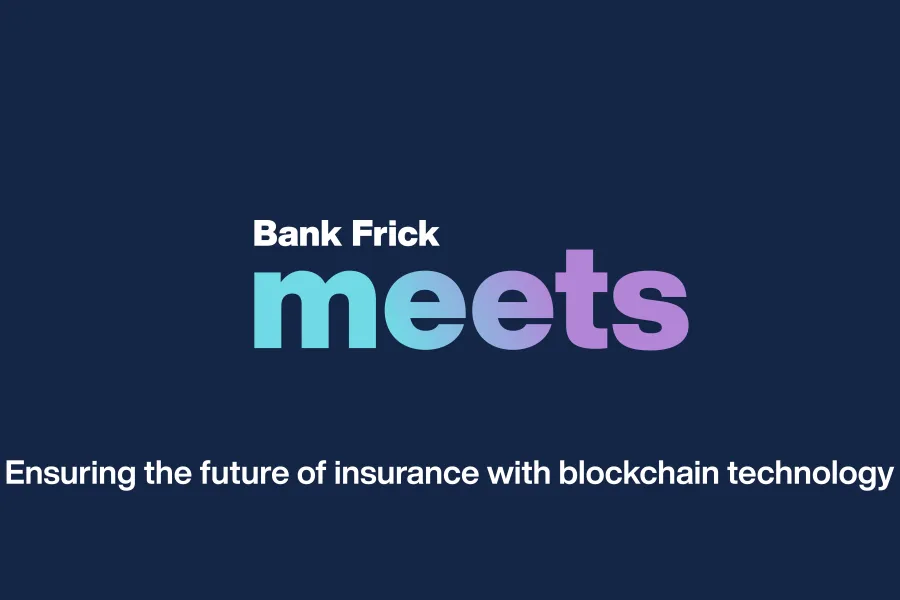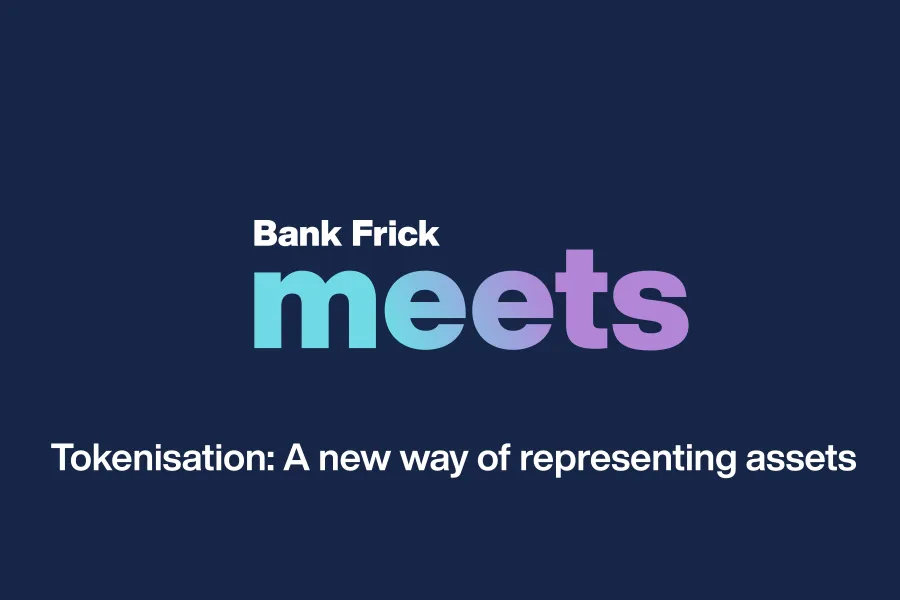Blockchain technology reinvents correspondent banking – just not yet
As one of its major use cases, blockchain technology is said to transform traditional correspondent banking. So far major challenges have pushed back this transformation. It is more likely than ever that with central bank digital currencies on the horizon; blockchain disruption will finally come to fruition in the realm of cross-border banking.
“Business models are finite, including those of banks.” As daunting as this may sound, the statement is currently strongly corroborated by reality. Banks have been suffering from structural problems that are chipping away at their competitive advantages and thus their profitability. With cross-border payment – a core business branch of banks – has been in decline for several years.
Correspondent banks are in retreat: here is why
As the Bank for International Settlements stated in a recent paper, the number of correspondent banks are in decline. The latest global financial crisis as well as various money laundering scandals have caused regulations to increase dramatically, which in turn has bid up costs of operating correspondent banking services. Especially the burden of disclosure requirements as well as other operative costs has become too great, especially for smaller banks, which is why the number of correspondent banking relationships has gone down in recent years.
From the point of view of a globalised world economy, this is a cause for concern, since correspondent banking systems are essential components of the global payment system that ensures cross-border payment traffic. Intact and numerous correspondent banking relationships are important for globally functioning payment rails because there is currently no uniform and global infrastructure for the clearing and settlement of financial transactions.
Although the number of correspondent banking relationships is decreasing, the complexity of the correspondent banking system has hardly diminished. Interdependencies are still strong and payment rails opaque, making the system as a whole inefficient. Inefficiencies also stem from the fact that – especially in the era dominated by the US – the system is less of a correspondent banking network and more of a pyramid with enormous power asymmetries. Time and again, smaller banks are denied access without any objective justification. For countries that are attached to a single correspondent bank, such a cut-off can be severe.
Will blockchain come to the rescue and represent a new business model for banks?
With these rising challenges in correspondent banking, new approaches and solutions are increasingly being discussed. One of the more prominent of these is blockchain technology. A blockchain can be understood in this context as a decentralised settlement infrastructure that enables real-time clearing and settlement of transactions.
Because of its decentralised, open ledger, transactions on a public and permissionless blockchain can be viewed transparently by anyone at any time. Transactions are not only settled instantaneously and with instant finality, there’s also no direct intermediaries involved in settling value. Establishing trust in the integrity of a counterparty through a dedicated intermediary, as required by the traditional financial system, is not a prerequisite to a blockchain. The traceability and immutability offered by blockchain technology create synergies and efficiency and can reduce dependencies and costs in today’s correspondent banking system.
Instant settlement is going to free up liquidity and make cross-border banking more efficient
What exactly could the efficiency and cost gains look like? Since there is currently no final settlement in real time, unsettled transactions in the traditional correspondent banking system have to be hedged properly. This ties up liquidity but does not prevent participants from being exposed to counterparty risk in the first place. If this liquidity were freed up, it would greatly improve efficiency.
Real-time settlement, as made possible by blockchain technology, can minimise counterparty risks. Moreover, because transactions are executed instantaneously and with instant finality, there is no need for a correspondent bank to park liquidity in order to hedge their activities. This has the effect of reducing complexity and therefore promoting efficiency in the system. Using a blockchain can also increase security in a system with many different non-trusting players, as it entails fewer single points of failure.
Because settlement is instant on a blockchain, relationships between transacting parties is not merely built on book values. This lends itself to a new form of trust built among involved players. Consequently, cost savings on the operational side of business ensue.
Faster, cheaper and more secure on the blockchain
Blockchain technology also has great potential in payment information transfer, specifically in the area of data management. For example, it increases the ability to trace and thus validate data. When considering the high error-proneness of existing systems such as SWIFT, this feature of a blockchain is promising as well.
However, improved payment information transmission is one thing. The other is faster, cheaper, and more secure transactions enabled by blockchain technology. For instance, microtransactions come to mind that open up new business models for banks. Taken together, improved transactions speed as well as enhanced payment information transmission allow for a large increase in efficiency.
Depending on how applications are designed, transactions on a blockchain are easily traceable. As a matter of fact, this makes it possible that correspondent banks can enter new ways of collaborating with regulators. Also, synergies among banks working closely with law enforcement when it comes to KYC and AML can potentially be enhanced. So, in the eyes of regulatory bodies: What’s not to like about this blockchain technology that gives them potentially more collaborative control in the area of money laundering and counterterrorism, one might ask?
What is holding blockchain’s rubber back from hitting the road?
The obvious question that arises: If blockchain is so much better, why hasn’t it caught on yet? One of the main reasons is that it still lacks scalability. Cheaper costs, fast and instantaneous transactions are indeed a property of a blockchain, but not necessarily on its base layer. Current blockchain implementations do not meet the demands of current global payments. The technology is not yet mature enough to handle the tens of millions of payments required each day. However, scaling solutions of all kinds should gradually eliminate this bottleneck over the next few years.
There is not only a technical deficit, but also a knowledge deficit today. Blockchain technology is based on a completely different substructure than the traditional systems people have been working with up until now. A number of functionalities in the area of peer-to-peer payments or custody still need to be understood better by the relevant people in charge. Only then corresponding risks can be adequately assessed and provided for.
Correspondent banking on the blockchain is up against established power asymmetries
One of the main reasons why blockchain technology is having a hard time gaining acceptance is the current power asymmetries present in correspondent banking relations. Although blockchain could break up larger correspondent banking chains into smaller peer-to-peer setups, states, but also the respective banks at the top of the correspondent banking pyramid acting on government’s behalf, do not want to give up their monopoly or oligopoly position. This is why a disintermediating technology like blockchain has an incredibly hard time gaining a foothold in this area.
One concrete example of this power struggle is showcased by what Ripple, a private corresponding banking solution has gone up against. After several players joined this globally rolled out system, they were threatened by the central authorities to have their functioning correspondent banking relationship in the traditional system terminated if they were to continue operating on the Ripple network. This goes to show: Because of challenges like these, current blockchain-based correspondent banking solutions have not caught on.
From a pragmatic point of view, it seems highly likely that if blockchain technology is implemented into correspondent banking systems, they will be introduced in the form of private or consortium blockchains. They offer better control mechanisms as well as privacy, since complete transparency is not in the interest of the participants. While these solutions allow for the implementation of access rights, private blockchain solutions also make it possible to circumvent the scalability issue haunting public blockchains to this day.
Blockchain’s biggest chance of success in correspondent banking is linked to the arrival of CBDCs
The way these private or consortium solutions could be implemented is by introducing so-called central bank digital currencies (CBDCs). It is likely that upcoming innovations in the correspondent banking system, if any, will be driven by new CBDCs and their different implementations. After all, these CBDCs will be promoted by government agencies. This creates trust and makes inclusion into the traditional financial system way more likely.
Trust is something current solutions like private stablecoins are lacking. Also, with stablecoins that ultimately track the currency units issued by central banks, there is always an intermediary involved that needs to be trusted to keep a stablecoin’s value close to the peg – and ultimately will be a driver of costs. CBDCs don’t have this problem as they are directly issued by central banks with no counterparty in-between.
Today’s expectations are that with CBDCs, there will exist the possibility that foreign currencies can be seamlessly and smoothly converted into local currencies via central banks or large banks acting on their behalf. Such a setup can ultimately ensure that controlling and supervisory entities are introduced that can make sure required quality standards are met by all players involved.
This article is based on Jonas Gantenbein’s master thesis “Blockchain as a revolution of the cross-border correspondent banking system” at the University of Applied Sciences OST (formerly UAS St. Gallen).
Share post


Related Posts

How Blockchain Enables Transparency and Efficiency
Blockchain technology, first demonstrated in 2010 through a historic Bitcoin transaction, has evolved far beyond cryptocurrencies, offering solutions for transparency, efficiency, and decentralization across industries. Its core principles—decentralization, transparency, and immutability—enable secure, peer-to-peer transactions without intermediaries. Innovations like Ethereum's smart contracts have expanded blockchain's capabilities, impacting supply chains, automation, and governance.
Despite concerns about energy use, modern blockchains are increasingly energy-efficient, and misconceptions about complexity or security often stem from misunderstandings. For nonprofits, blockchain offers transformative potential: donations can be transferred quickly, cost-effectively, and transparently, ensuring more funds reach beneficiaries while improving accountability and impact measurement.
As blockchain reshapes societal structures and trust, it presents nonprofits with powerful tools to amplify their impact. Organizations willing to embrace this innovation will be well-positioned to drive meaningful change in an interconnected digital world.

Insights into the process of designing AMCs
Since their introduction, Actively Managed Certificates (AMCs) have become a significant component of the European financial market. As a structured product, legally classified as debt securities, they hold a counterparty risk for the investor that is comparable with other structured financial products. AMCs are securitised, which gives the holder the right to cash repayment or the delivery of an underlying asset. As the buyer, the investor becomes a creditor of the issuer and thus dependent in terms of the type and amount of repayment, which is subject to different parameters.

Direct market access – efficient trade execution for fund strategies
Liechtenstein has a long-standing tradition in the fields of banking and asset management. Since joining the EEA in 1995, Liechtenstein’s financial centre has established itself as a professional point of reference for promoters of collective investment vehicles on the European financial market.

Ensuring the future of insurance with blockchain technology
The insurance market is an essential part of the global economy, covering both personal and business risks. Thus, it is no wonder that it is one of the largest industries in the world, boasting an estimated value of about USD 5 trillion and employing about 2.7 million people across the globe. Out of USD 5 trillion, around USD 3.7 trillion makes up the value of the global life insurance market, while the value of the property and casualty insurance market carries a value of USD 1.3 trillion.

Tokenisation: A new way of representing assets
Ever since the dawn of time, human beings have hunted and gathered, collecting the things they discovered and making them their own. This was when the concept of ownable assets first emerged, albeit in rudimentary form. Since then, assets have evolved and become more complex as humans have found more reliable ways to connect assets to people. Today, people enter into legal contracts when transferring assets.

Blockchain: A technology with social impact
Foundational technology is the most effective tool for impacting society at large and solving the challenges it is faced with. One such foundational institutional technology is the blockchain, which entered the picture through the discovery of Bitcoin in 2009 and has since proliferated and emerged in many different forms.
What does blockchain’s social impact look like?

How blockchain technology protects us from bad actors in our digital future
The blockchain industry has experienced significant growth in the last couple of years as one unicorn after another sprouts from the soil that grows crypto start-ups. In this new series of blog posts and webinars, we take a closer look at the technology and explore why it is so successful and why everybody is talking about it. We also look beyond the speculative aspect that blockchain is so frequently associated with and focus on the real-world problems that the technology is poised to solve.

Wie klassische Finanzintermediäre in der Krypto- und Blockchain-Welt Fuss fassen können
Mit zunehmender Selbstverständlichkeit fragen immer mehr Kunden nach Dienstleistungen rund um Kryptowährungen. Für Finanzintermediäre eröffnet diese Nachfrage neue Geschäftsmöglichkeiten. Um das Potenzial heben zu können, müssen die Akteure aber auch das Spezialwissen zur Verfügung haben.

Turning crypto investment into an earning asset
With Ethereum upgrading to Proof of Stake, the crypto world is going through one of its most transformative shifts to date. This means that customers will soon be able to earn interest on their digital asset holdings through a process called staking. What staking is, how it will define the future of Ethereum and digital asset custody at large is explained in this article.

A comprehensive overview of Liechtenstein’s banking regulation
In this in-depth article, the authors show the economic and regulatory environment in which banks in Liechtenstein operate. This article first appeared in the reference work The Banking Regulation Review (Twelfth Edition) published by Law Business Resarch.